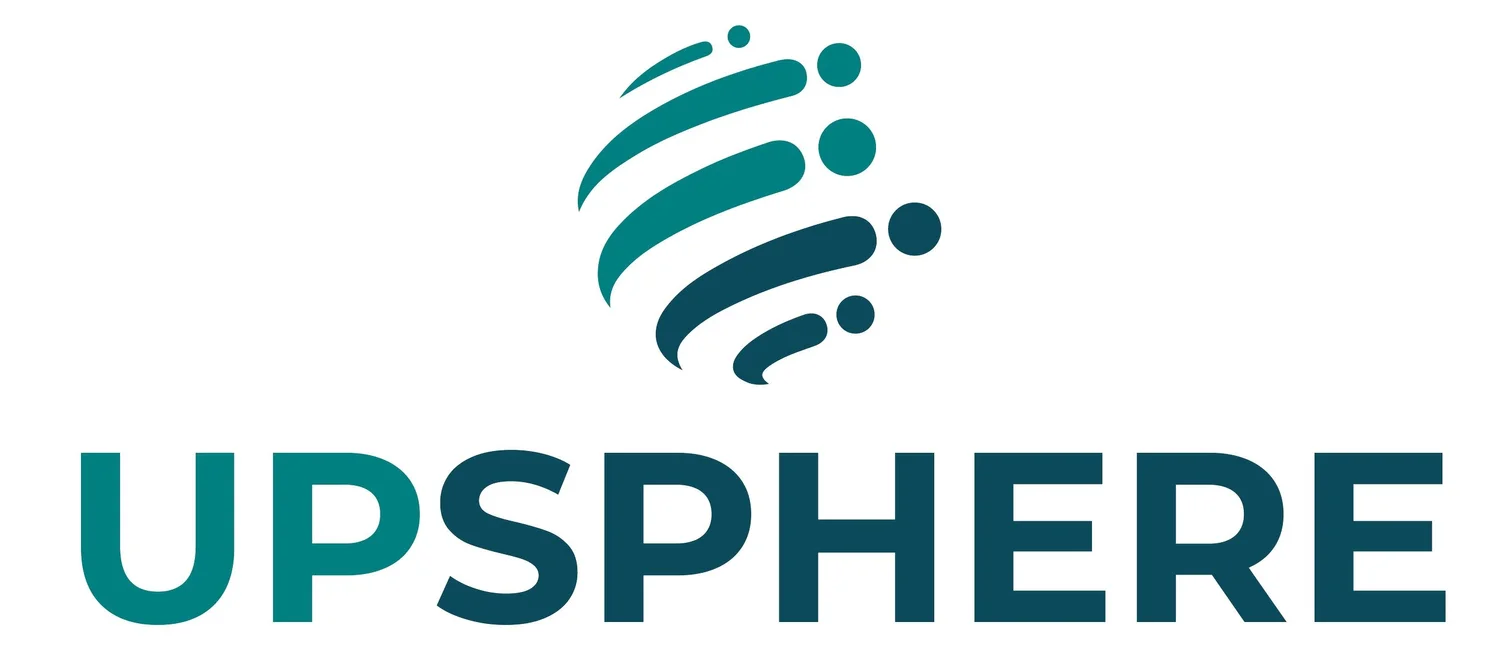Empowered by Culture, Accelerated by AI: The Future-Proof Workplace
As artificial intelligence (AI) continues to redefine what’s possible in business, one factor consistently determines whether companies realize its potential: organizational culture.
Across industries, leaders are eager to harness AI to streamline operations, gain insights, and accelerate decision-making. Yet according to recent global studies from McKinsey, Gallup, and IBM, most organizations are still falling short of meaningful, sustained adoption—not because the technology isn’t capable, but because their culture isn’t equipped to support it.
This is a pattern that is seen across industries and company sizes: even the most promising AI solutions falter when they lack cultural alignment, leadership engagement, or workforce readiness.
In one of Gallup’s 2024 surveys, only 11% of U.S. employees felt very prepared to use AI at work. And despite widespread AI interest, fewer than 15% said their organization had a clear AI strategy. On the flip side, organizations that communicate a clear AI vision—and invest in reskilling and support—see dramatically higher employee engagement and adoption.
So, what does it take to integrate AI in a way that complements your culture and enhances business performance?
Let’s explore five key principles:
1. Begin with Cultural Readiness
Before introducing any new AI solution, it’s essential to evaluate your organization’s cultural posture toward change and innovation. Are your teams open to learning? Is there trust in leadership? Are people encouraged to experiment and fail safely? AI, by its nature, challenges traditional ways of working. It can only succeed in environments that are psychologically ready to evolve.
2. Anchor AI to Business Purpose
AI must be more than a technology play—it should be a strategic enabler. Align your AI initiatives with core business objectives, whether it’s improving supply chain resilience, personalizing customer experience, or accelerating innovation. When employees understand how AI supports your company’s mission, it becomes far easier to embrace and apply.
3. Model Change from the Top
Leadership plays a pivotal role in shaping how AI is perceived and adopted. Leaders must move beyond endorsing AI to actively engaging with it—setting the tone for experimentation, transparency, and responsible use. In companies where CEOs take ownership of AI strategy, research shows significantly higher returns on investment and trust across teams.
4. Invest in People, Not Just Platforms
Technology alone doesn’t drive transformation—people do. Unfortunately, many employees report they’re expected to use AI without adequate training or support. Reskilling, hands-on learning, and inclusive conversations about AI’s role in the workplace are essential. Equipping teams with confidence is one of the most effective accelerators of adoption.
5. Co-Create and Scale Thoughtfully
Effective AI integration is collaborative. Bring together cross-functional teams—business, technical, operational—to co-design pilot projects. Start small, learn fast, and scale what works. Ensure employees can see themselves in the process, not as passive recipients of change, but as active partners in transformation.
The bottom line? AI won’t succeed in a vacuum. It thrives when it’s introduced with intention, supported by leadership, and woven into the cultural fabric of the organization.
At UpSphere, we help companies navigate this intersection of people, purpose, and technology—empowering them to unlock AI’s full potential in a way that’s strategic, human-centered, and sustainable.
To learn how we can support your organization’s AI journey, visit www.upsphere.com or connect with us directly.
AI isn’t just the future of work—it’s the future of how we work together.

